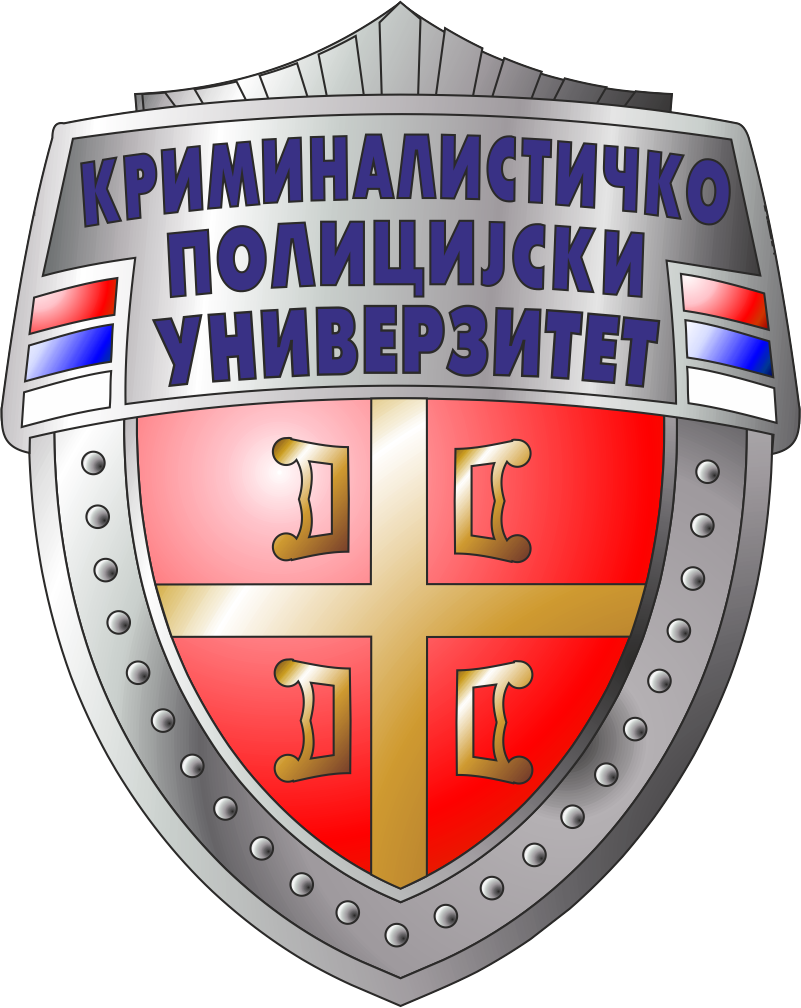Приказ основних података о документу
Physical Abilities and Gender Differences: Binary Logic or Gender Dualism of the Police Organisation?
Fizične sposobnosti in razlike med spoloma: binarna logika ali spolni dualizem v policijski organizaciji?
| dc.creator | Janković, Radivoje | |
| dc.creator | Spasić, Danijela | |
| dc.creator | Koropanovski, Nenad | |
| dc.creator | Subošić, Dane | |
| dc.creator | Dopsaj, Milivoj | |
| dc.creator | Vučković, Goran | |
| dc.creator | Dimitrijević, Raša | |
| dc.date.accessioned | 2022-05-26T11:24:31Z | |
| dc.date.available | 2022-05-26T11:24:31Z | |
| dc.date.issued | 2020 | |
| dc.identifier.issn | 0034-690X | |
| dc.identifier.uri | http://jakov.kpu.edu.rs/handle/123456789/1352 | |
| dc.description.abstract | The purpose of this paper is to investigate whether there are any differences between male and female police officers when performing a job-related fitness test, as well as to determine the individual level of specific strengths and motor abilities (hereinafter: SSMAs) as an indicator of work ability. The research was conducted in Serbia on a sample of 111 respondents (40 female and 71 male). In order to determine the SSMAs, this research applied the Obstacle Course test for assessing specific abilities of police officers (OCSAPO1). Three variables were observed during the test: time needed for the completion of the test (tSAPO1), maximum heart rate and capillary blood lactate concentration. On average, men completed the test statistically significantly more efficiently than women, i.e. by 10.3%. According to the percentile distribution of tSAPO1, 5% of women and 14.1% of men proved to be significantly above the average level of all tested respondents. However, based on test results, 11.3% of men and 47.5% of women needed to improve their SSMAs in order to meet occupational requirements. The OCSAPO1 test could be further used as one of the criteria that could help to further classify police officers for various types of police work according to their physical abilities. It could be used to assess the SSMAs relevant for a particular job position according to individual merits and regardless of gender, which would provide the conditions necessary for achieving “equal opportunities” for women and thus do away with the system of binary logic and gender dualism of the police organisation as a context of masculine culture, which, a priori, excludes women by using physical abilities as the strongest argument in favour of maintaining the existing gender practice. | sr |
| dc.language.iso | en | sr |
| dc.publisher | Ljubljana : Ministrstvo za notranje zadeve Republike Slovenije, Policija | sr |
| dc.rights | restrictedAccess | sr |
| dc.rights.uri | https://creativecommons.org/licenses/by/4.0/ | |
| dc.source | Revija za kriminalistiko in kriminologijo | sr |
| dc.subject | police organisation | sr |
| dc.subject | gender dualism | sr |
| dc.subject | physical abilities | sr |
| dc.subject | job-related fitness test | sr |
| dc.title | Physical Abilities and Gender Differences: Binary Logic or Gender Dualism of the Police Organisation? | sr |
| dc.title | Fizične sposobnosti in razlike med spoloma: binarna logika ali spolni dualizem v policijski organizaciji? | sr |
| dc.type | article | sr |
| dc.rights.license | BY | sr |
| dc.citation.volume | 71 | |
| dc.citation.issue | 4 | |
| dc.citation.spage | 283 | |
| dc.citation.epage | 296 | |
| dc.identifier.rcub | https://hdl.handle.net/21.15107/rcub_jakov_1352 | |
| dc.type.version | publishedVersion | sr |


